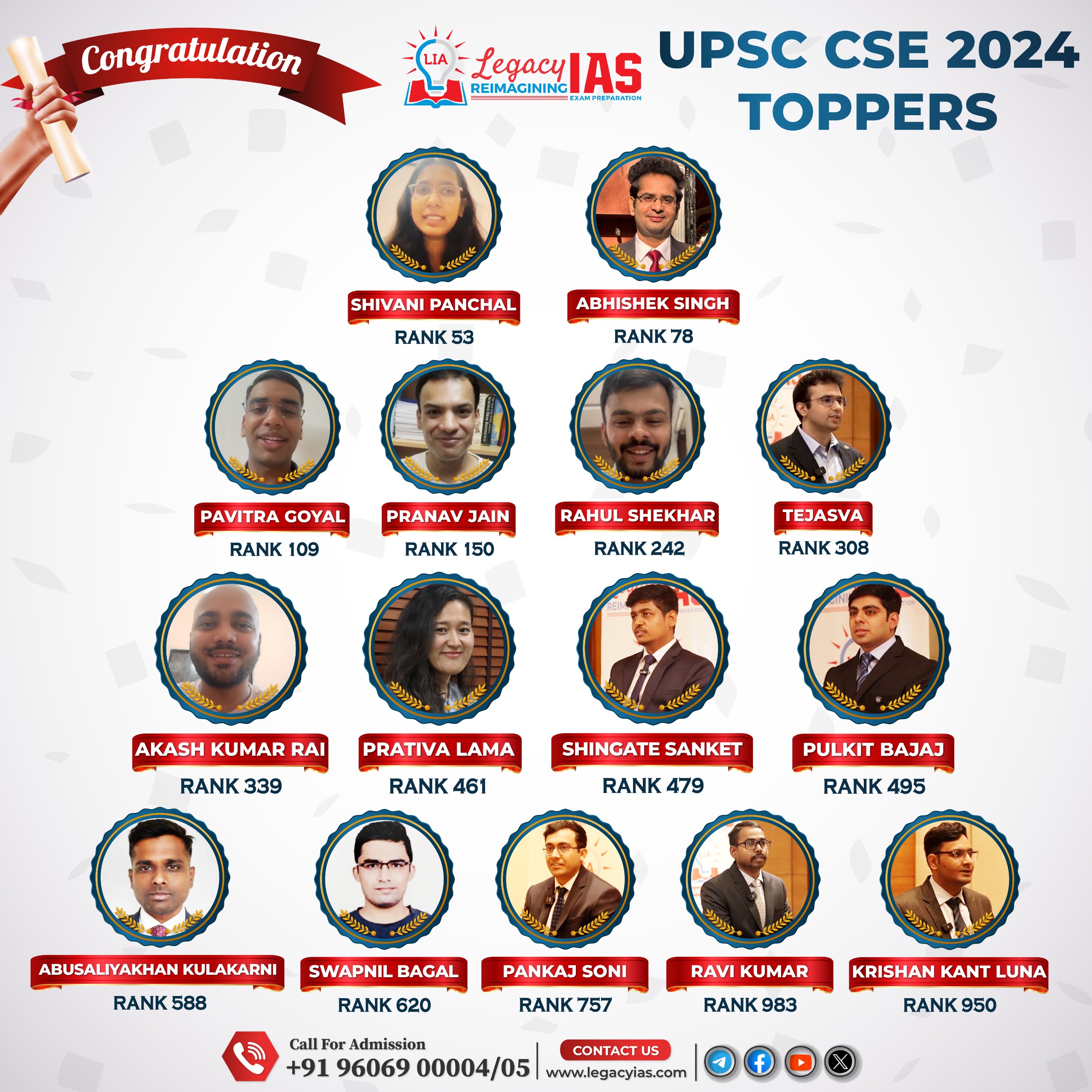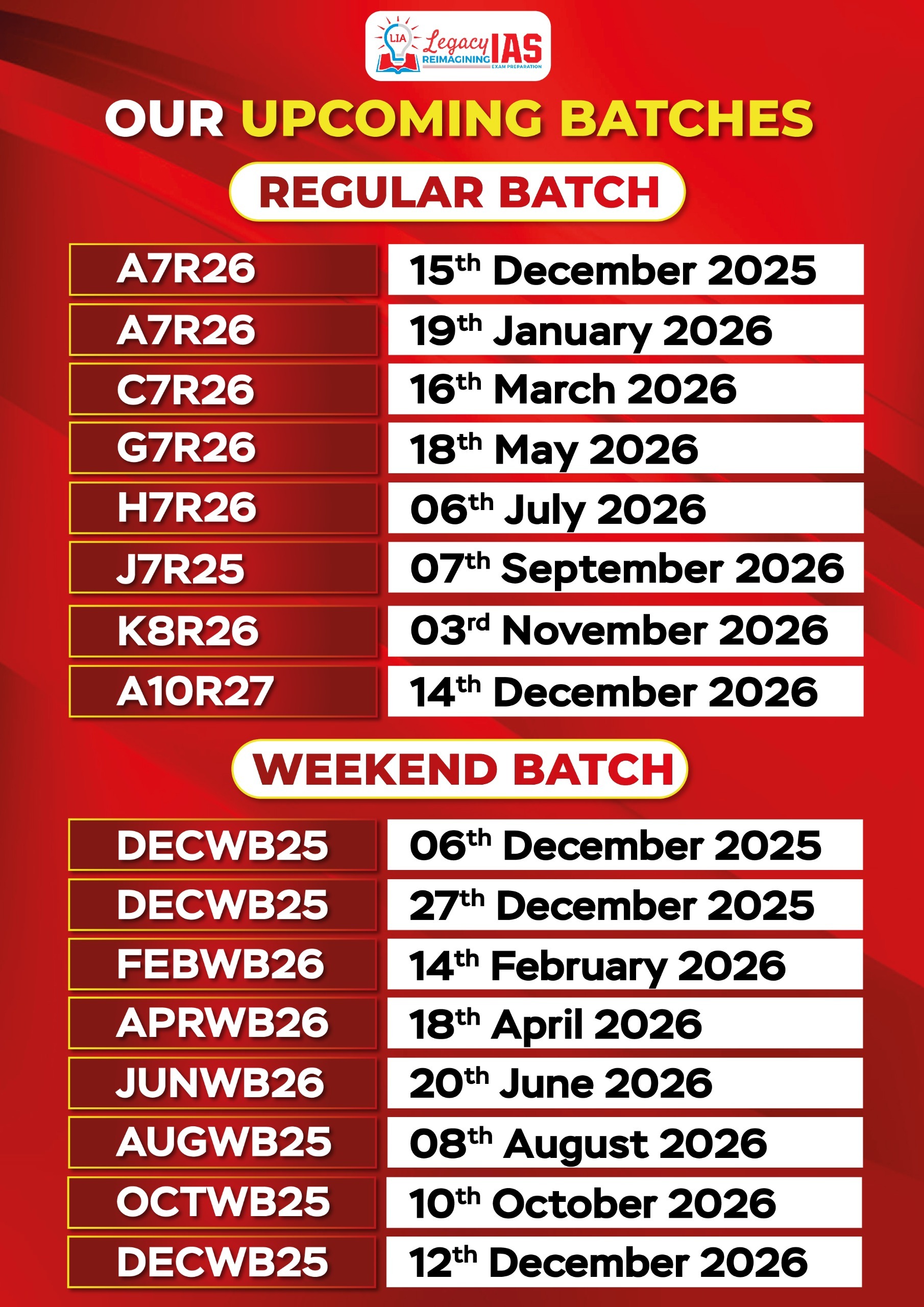Content:
- Cultivating the Future
- India poised to host the 12th Regional 3R and Circular Economy Forum in Asia and the Pacific in Jaipur
Cultivating the Future
Biotechnology in Agriculture: Transforming Crop Production
- Climate-Smart Crops:
- SAATVIK (NC 9): Newly approved drought-tolerant chickpea variety with enhanced yield under drought stress.
- Addresses climate resilience and food security challenges.
Relevance : GS 3(Agriculture , Environment)
- Genome-Edited Crops:
- Genome editing in MTU-1010 rice to improve yield and productivity.
- DEP1 genome-edited rice lines show increased grain numbers and larger spikes.
- Potential to mitigate yield gaps and enhance farmer incomes.
- Genotyping Arrays:
- IndRA (Rice) and IndCA (Chickpea): First-ever 90K Pan-genome SNP arrays.
- Applications: DNA fingerprinting, genetic purity testing, and variety identification.
- Accelerates breeding programs with precision agriculture techniques.
- Amaranth Genetic Resources:
- Development of Amaranth Genomic Resource Database and 64K SNP chip.
- Near Infrared Spectroscopy (NIRS) used for nutritional screening.
- Amaranth accessions show potential in addressing obesity-linked diets.
- Fungal Biocontrol:
- Nano-formulation from Myrothecium verrucaria developed to combat powdery mildew.
- Eco-friendly alternative to chemical pesticides for tomatoes and grapes.
- Kisan-Kavach (Farmer Safety Gear):
- Anti-pesticide suit to prevent pesticide-induced toxicity.
- Enhances occupational safety in agriculture.
Revolutionizing Animal Biotechnology: Enhancing Livestock Productivity
- Livelihood Impact:
- India’s largest livestock population supports two-thirds of rural households.
- Focus on small and marginal farmers for inclusive rural development.
- Innovations (Though specifics not detailed in the release):
- Breakthroughs in veterinary medicine and disease management.
- Livestock genetics improvement programs for higher milk and meat yields.
- Biosafety measures and vaccines under development to prevent animal diseases.
Aquaculture and Marine Biotechnology: Towards Sustainable Blue Economy
- Shrimp Diet Innovation:
- Fish meal replacement with yeast-fermented soybean meal.
- Inclusion up to 35% in shrimp feed increases growth by approximately 8.5%.
- Reduces reliance on unsustainable fish meal sources, promoting environmental conservation.
- CIFA-Brood-Vac:
- Novel vaccine to reduce fish spawn mortality, ensuring stable aquaculture productivity.
- Interactive Fish Feed Designer (IFFD) Version 2:
- Software to develop cost-effective fish feed using non-conventional ingredients.
- Promotes affordability and efficiency for aquaculture farmers.
Significance and Future Outlook
- Biotechnology serves as a catalyst for:
- Climate resilience in agriculture.
- Sustainable aquaculture production.
- Livestock health and productivity improvements.
- Focus on environmental sustainability, farmer safety, and inclusive growth
- Continued research and commercialization pivotal to ensuring:
- Nutritional security.
- Increased farmer incomes.
- Robust rural economy aligned with global sustainable development goals (SDGs).
Key Takeaways
- Biotechnology is key to solving challenges of productivity, climate stress, and food security.
- Innovations like genome editing, biocontrol, and farmer-friendly technologies (Kisan-Kavach) ensure practical solutions for the grassroots.
- Integration across agriculture, livestock, and aquaculture sectors ensures holistic rural development and economic resilience.
India poised to host the 12th Regional 3R and Circular Economy Forum in Asia and the Pacific in Jaipur
Overview of the Forum
- India will host the 12th Regional 3R and Circular Economy Forum at the Rajasthan International Centre, Jaipur, from March 3-5, 2025.
- The theme: “Realizing Circular Societies Towards Achieving SDGs and Carbon Neutrality in Asia-Pacific.”
- Organizedby the Ministry of Housing & Urban Affairs (MoHUA) under the Swachh Bharat Mission-Urban, in collaboration with:
- Japan’s Ministry of the Environment
- United Nations ESCAP, UNCRD, UNDSDG, UNDESA
- Government of Rajasthan
Relevance : GS 3(Environment and Ecology)
Participation & Engagement
- Over 500 international and domestic delegates expected.
- Representation from 38 member countries, 15-line ministries, 60+ cities, 40+ start-ups and businesses, and 120+ speakers.
- Three-day conference featuring:
- Plenary sessions on sustainable waste management.
- Country-specific discussions to tailor policies for regional needs.
- Theme-based roundtables for in-depth technical deliberations.
- Technical field visits to Jaipur’s solid & liquid waste management facilities.
- Visits to Jaipur’s key heritage sites to integrate sustainability and cultural preservation.
- Virtual participation available via the official website.
‘India Pavilion’ – Showcasing National Achievements
- A dedicated India Pavilion will highlight India’s remarkable initiatives in 3R (Reduce, Reuse, Recycle) and circular economy.
- Exhibitions from key government ministries and national missions showcasing India’s policy-driven approach to sustainability.
- Interactive knowledge-sharing events, including:
- Ministers & Ambassadors Roundtable Dialogue
- Mayors’ Dialogue on urban sustainability
- Policy Dialogue for regulatory frameworks
- Signing of agreements under CITIIS 2.0 program
Key Knowledge Products & Exhibitions
- Launch of a compendium of 100+ best practices in circular economy, prepared by National Institute of Urban Affairs (NIUA).
- International 3R Trade & Technology Exhibition:
- Over 40 Indian and Japanese businesses & start-ups showcasing circular economy solutions.
- Exchange of best practices, technology innovations, and cross-learning opportunities.
- ‘Waste-to-Wealth’ Initiatives:
- Special focus on NGOs and Self-Help Groups (SHGs) demonstrating sustainability-driven entrepreneurship.
Jaipur Declaration (2025-34): Strengthening the Circular Economy
- The Jaipur Declaration will be the key outcome of the Forum.
- Aims to provide a voluntary, non-binding policy framework for Asia-Pacific nations to transition to a resource-efficient, circular economy.
- Builds upon the Hanoi Declaration (2013-23) and aligns with global efforts to move away from the linear economy (‘Take-Make-Dispose’ model).
- The Declaration will be handed over to the next host country for continuity of initiatives.
India’s Leadership in 3R & Circular Economy
- India previously hosted the 8th Regional 3R Forum (2018, Indore).
- Significant policy interventions include:
- Swachh Bharat Mission-Urban – Driving waste management reforms.
- Extended Producer Responsibility (EPR) – Encouraging industries to manage waste.
- Plastic Waste Management Rules – Reducing single-use plastic dependency.
- Smart Cities Mission – Integrating sustainability in urban governance.
Strategic Importance of the Forum
- Provides policy direction for Asia-Pacific nations to implement 3R strategies.
- Aligns with Sustainable Development Goals (SDGs) and carbon neutrality targets.
- Strengthens international partnerships in waste management and sustainability.
- Encourages private sector participation in circular economy initiatives.
- Enhances regional collaboration on environmental sustainability.
Conclusion
- The 12th Regional 3R and Circular Economy Forum is a significant step toward sustainable waste management and circular economy transformation in Asia-Pacific.
- India, as the host, is set to drive policy innovation, knowledge exchange, and practical implementation of 3R principles.
- The Forum’s outcomes, particularly the Jaipur Declaration, will shape future strategies for resource efficiency across the region.



